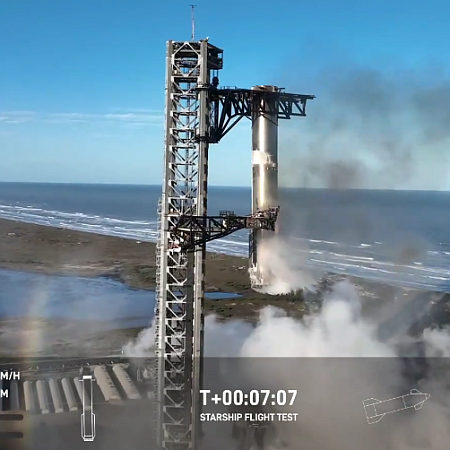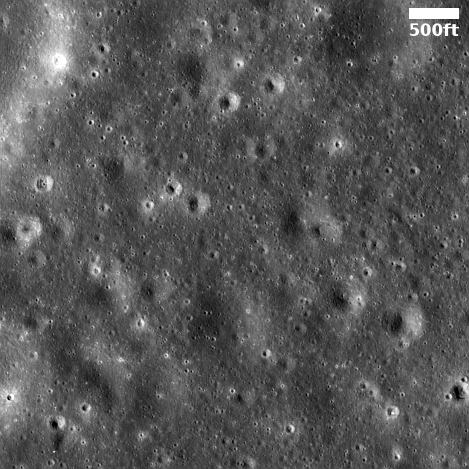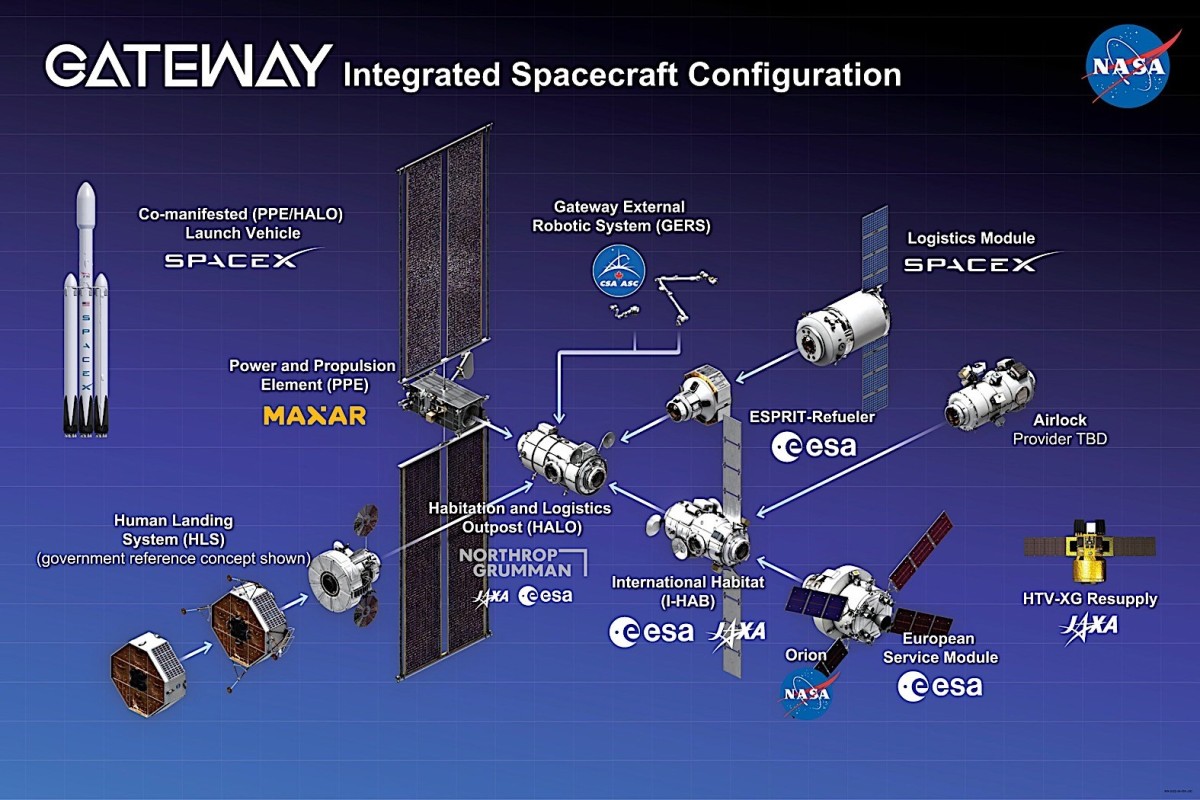Rocket Lab unveils its modified barge its Neutron rocket will use for ocean landings

Graphic showing the barge after modification
with Neutron landing
Rocket Lab today unveiled a modified barge that it will use as a drone ship for ocean landings of the first stage of its new Neutron rocket.
‘Return On Investment’ is a 400 ft (122 m) modified barge that will be customized to enable landings at sea for its reusable Neutron rocket. Modifications will include autonomous ground support equipment to capture and secure the landed Neutron, blast shielding to protect equipment during Neutron landings, and station-keeping thrusters for precise positioning. The Company has acquired the barge and construction of ‘Return On Investment’ will take place throughout 2025, with expectations of being ready to enter service in 2026.
The name appears to be a dig against the stock market analyst who gave the company a negative report a few days ago, predicting Neutron won’t launch for the first time in 2025 — as Rocket Lab continues to predict — but in 2026.
At the same time, not having the landing platform ready until 2026 means that the first few launches will have to attempt a return to land or that first launch is delayed to 2026.
Meanwhile, Rocket Lab’s just released quarterly report appears to defy that negative assessment as well.
Rocket Lab founder and CEO, Sir Peter Beck, said: “2024 was a record-setting year for Rocket Lab, with our highest annual revenue ever posted of $436.2 million and a record Q4 2024 revenue of $132.4 million – a 382% increase compared to Q4 2021, our first full quarter following our debut on the Nasdaq as a publicly-traded company. Top achievements across launch and space systems include a record number of 16 launches for Electron in 2024 (a 60% increase in launch cadence compared to 2023) and more than $450 million in newly-secured launch and space systems contracts.”
More and more it appears to me that this stock market analyst was simply attempting to lower the stock price so as to garner profits when the price rebounded back to its proper value.

Graphic showing the barge after modification
with Neutron landing
Rocket Lab today unveiled a modified barge that it will use as a drone ship for ocean landings of the first stage of its new Neutron rocket.
‘Return On Investment’ is a 400 ft (122 m) modified barge that will be customized to enable landings at sea for its reusable Neutron rocket. Modifications will include autonomous ground support equipment to capture and secure the landed Neutron, blast shielding to protect equipment during Neutron landings, and station-keeping thrusters for precise positioning. The Company has acquired the barge and construction of ‘Return On Investment’ will take place throughout 2025, with expectations of being ready to enter service in 2026.
The name appears to be a dig against the stock market analyst who gave the company a negative report a few days ago, predicting Neutron won’t launch for the first time in 2025 — as Rocket Lab continues to predict — but in 2026.
At the same time, not having the landing platform ready until 2026 means that the first few launches will have to attempt a return to land or that first launch is delayed to 2026.
Meanwhile, Rocket Lab’s just released quarterly report appears to defy that negative assessment as well.
Rocket Lab founder and CEO, Sir Peter Beck, said: “2024 was a record-setting year for Rocket Lab, with our highest annual revenue ever posted of $436.2 million and a record Q4 2024 revenue of $132.4 million – a 382% increase compared to Q4 2021, our first full quarter following our debut on the Nasdaq as a publicly-traded company. Top achievements across launch and space systems include a record number of 16 launches for Electron in 2024 (a 60% increase in launch cadence compared to 2023) and more than $450 million in newly-secured launch and space systems contracts.”
More and more it appears to me that this stock market analyst was simply attempting to lower the stock price so as to garner profits when the price rebounded back to its proper value.









